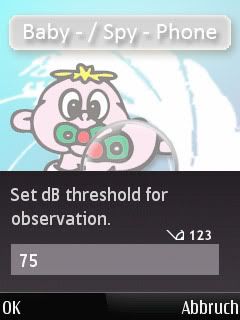 I am frequently asked if mobile banking is being used and can I give examples. There are of course many examples of major success stories. One of thse is the penetration, usage and positive business case of mobile banking in South Africa.
I am frequently asked if mobile banking is being used and can I give examples. There are of course many examples of major success stories. One of thse is the penetration, usage and positive business case of mobile banking in South Africa.Absa announced during this week that they have signed up more than a million mobile banking account holders. To put this in perspective (and I don't have the exact numbers, so Christo (head of mobile banking at Absa) will have to excuse me if I get some statistics wrong):
- This is more than 25% of their customer base
- It is two times more than customers accessing their banking from the Internet. This means that mobile banking is the only electronic channel for a few hundred thousand Absa customers
- The growth to this number took just more than three years, whereas the banking industry in South Africa took eight years to sign up a million Internet banking customers
















